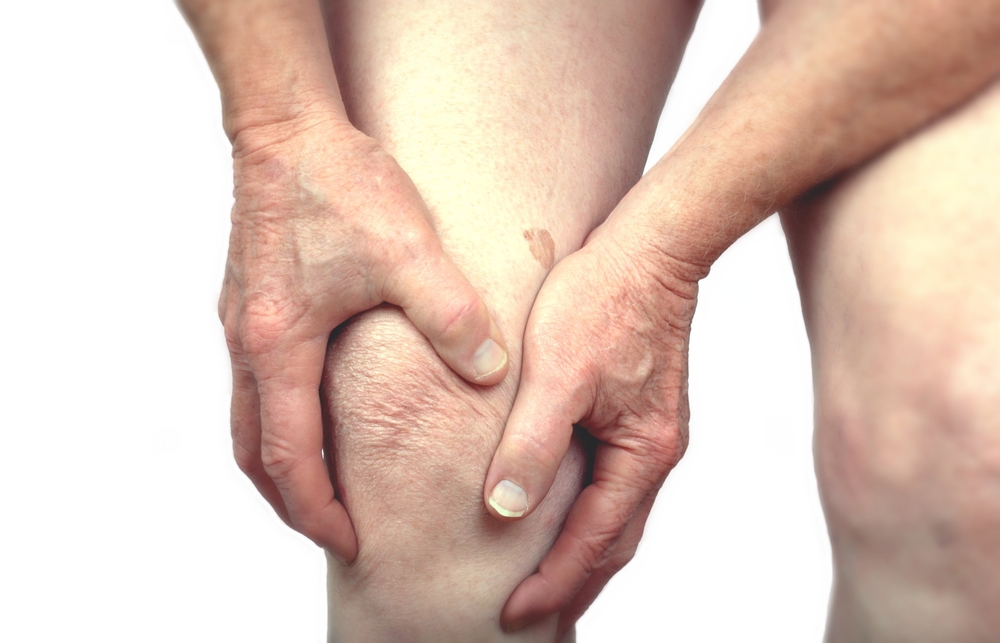What is knee cap osteoarthritis?
Knee cap osteoarthritis or patellofemoral joint osteoarthritis (PFJ OA) as it is known to medical professionals, is a condition which causes pain and stiffness in and around the front of the knee. It is the most common knee joint osteoarthritis. Knee cap osteoarthritis occurs during daily activities such as walking, squatting and stair ambulation, and often stops people being active, which can detrimentally affect general and mental health.
Prevalence and costs to the community
- Knee cap osteoarthritis can occur in individuals as young as 40 years, with prevalence rates around 69%
- Knee OA accounts for 94-97% of total knee replacement surgeries, with functional impairment from the PFJ being one of the two primary reasons patients undergo this type of surgery
- In Australia, costs associated with knee osteoarthritis exceed $11 billion per annum
Can knee cap osteoarthritis be cured?
Knee cap osteoarthritis can be successfully treated non-surgically. Previous studies have shown that exercise, taping, bracing and physiotherapy can reduce pain associated with knee cap osteoarthritis. However, compliance to these treatments is sometimes difficult and poor, and they are not always effective. Therefore, it is important that other low-cost, easier interventions for knee cap osteoarthritis continue to be developed.
Previous studies have shown that prefabricated foot orthoses (orthotics) are effective at reducing patellofemoral pain in younger people, and it is thought this group of patients are the ones who later develop knee cap osteoarthritis. Therefore, foot orthoses may also be a successful and cost effective treatment for people with knee cap osteoarthritis .
How can you help?
If you, your patients, friends or family are aged between 50-75 years, and are experiencing pain around the knee cap, you could be eligible to part take in ground-breaking research into this common condition. Click here to find out more!
References
[1] Hinman RS, Lentzos J, Vicenzino B, Crossley KM. Is Patellofemoral Osteoarthritis Common in Middle‐Aged People With Chronic Patellofemoral Pain? Arthritis Care Res. 2014;66:1252-7.
[2] Carr AJ, Robertsson O, Graves S, Price AJ, Arden NK, Judge A, et al. Knee replacement. The Lancet. 2012;379:1331-40.
[3] Ltd AtEP. Arthritis – The Bottom Line. The Economic Impact of Arthritis in Australia. A Australian, Editor. 2005;Canberra.
[4] Crossley K, Vicenzino B, Schache A, Pandy M, Hinman R. Targeted physiotherapy treatment for patellofemoral osteoarthritis: a randomised clinical trial. Osteoarthritis Cartilage. 2014:S431.
[5] Quilty B, Tucker M, Campbell R, Dieppe P. Physiotherapy, including quadriceps exercises and patellar taping, for knee osteoarthritis with predominant patello-femoral joint involvement: randomized controlled trial. The Journal of rheumatology. 2003;30:1311-7.
[6] Callaghan MJ, Parkes MJ, Hutchinson CE, Gait AD, Forsythe LM, Marjanovic EJ, et al. A randomised trial of a brace for patellofemoral osteoarthritis targeting knee pain and bone marrow lesions. Ann Rheum Dis. 2015:annrheumdis-2014-206376.
[7] Collins N, Crossley K, Beller E, Darnell R, McPoil T, Vicenzino B. Foot orthoses and physiotherapy in the treatment of patellofemoral pain syndrome: randomised clinical trial. BMJ. 2008;337.


